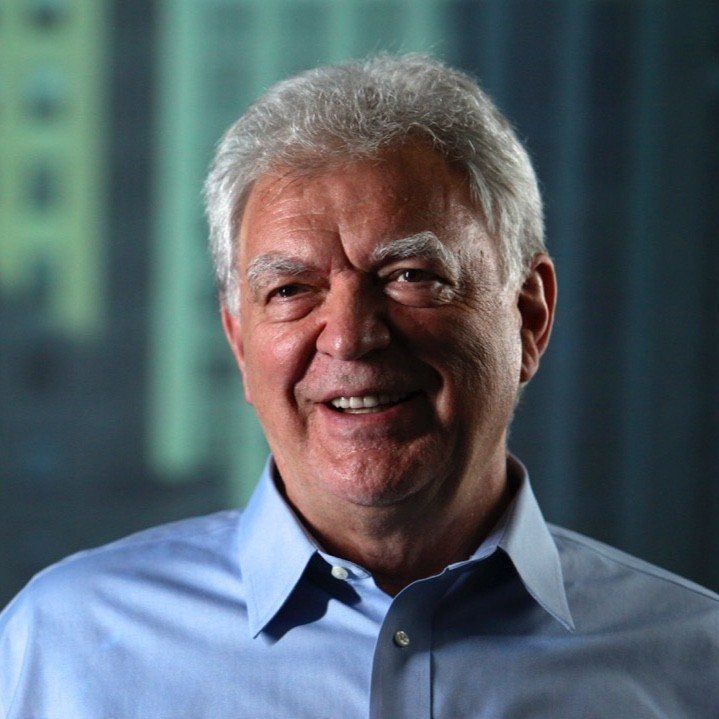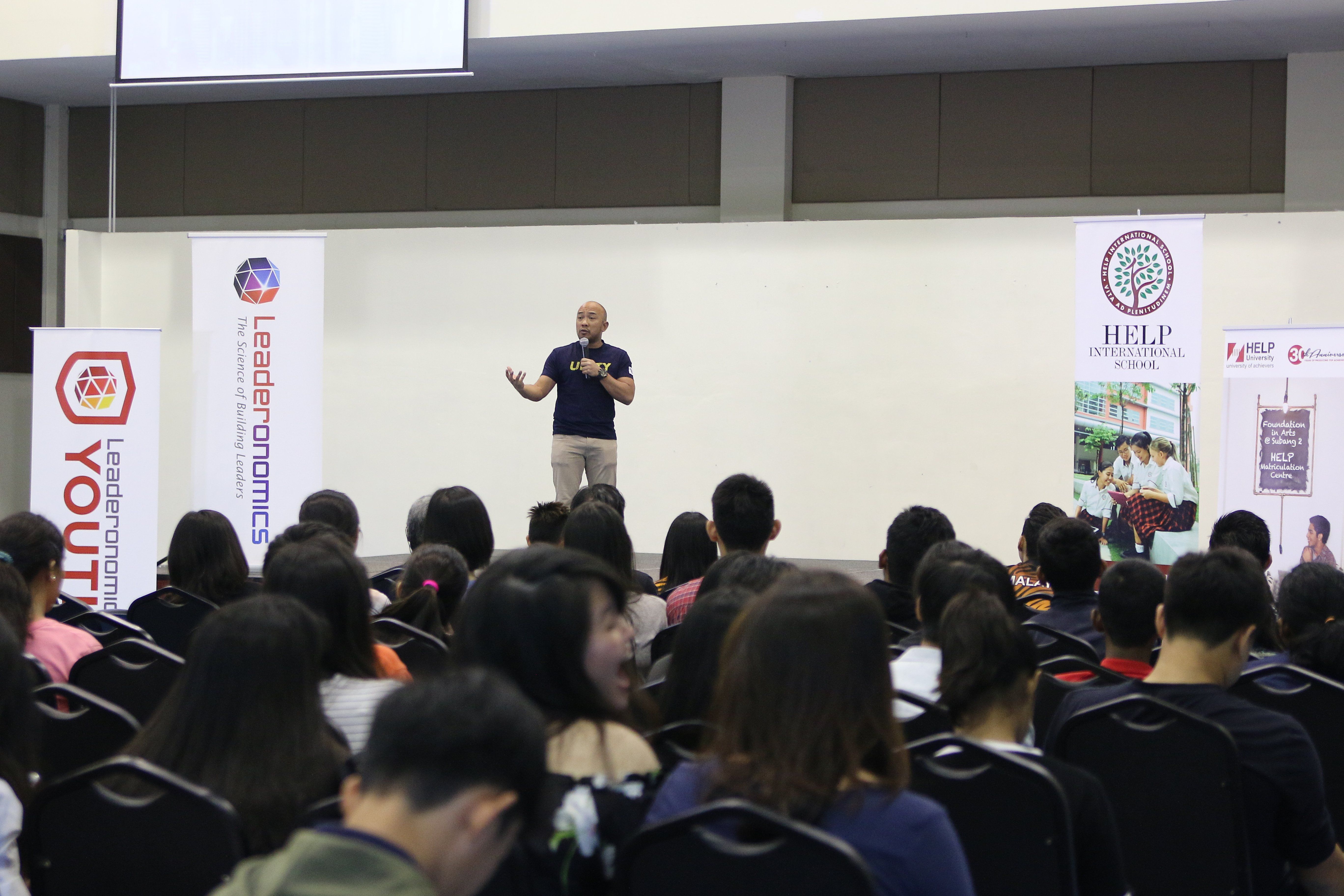6 Essential Skills For Managing Conflict

Image is from freepik.com by @macrovector
However, fear of conflict can turn leaders, managers and employees into “psychological hostages” who are paralysed and unable to challenge others.
The truth is that we can use well-managed conflict to bring enormous benefits to people and companies. In fact, conflict management is often one of the biggest drivers of change.
Properly handled, it can help people to be more innovative and can create stronger bonds, build effective teams and improve performance. The key is to openly face an issue and negotiate a win-win outcome.
This might interest you: Raise Your Game: How Leaders Can Overcome Conflict, Influence Others and Raise Performance
How can conflict benefit companies and individuals?
Typically, managers spend at least 24% of their time managing conflict, according to a survey by the American Management Association. Does that sound like a shocking waste? In fact, it is an opportunity – if conflict is dealt with constructively.
Conflicts are the lifeblood of high-performing organisations. Disputes, disagreements and diverse points of view about strategy and implementation create energy, bring about change, stimulate creativity and help form strongly bonded teams in full alignment.
Organisations that encourage people to raise difficult issues find that doing so leads to innovation, new goals and the changes needed to achieve them. This approach has been adopted by many of the world’s largest multinationals, as well as law enforcement agencies, humanitarian agencies and governments.
Confronting conflict does have risks, however. If not properly managed, and if the result is win-lose, the process can undermine teams and can damage mutual respect, alignment, engagement and trust. However, there is every reason to believe that all conflicts can result in win-win outcomes.
One of the most extreme and violent manifestations of conflict occurs when an individual or group is being physically held hostage.
In fact more than 95% of hostage incidents are resolved peacefully, with the hostages freed, and the hostage-taker surrendering, accepting the consequences to come. We can all use the tactics that produce this extraordinary success rate to defuse conflicts in our business and personal lives.
What is conflict?
Conflict manifests itself as a difference between two or more persons or groups characterised by tension, disagreement, emotion or polarisation, where bonding is broken or lacking.
The most important conflicts – the ones that, when managed well, lead to positive results in teams – are the ones in which people feel personally invested in their positions or are bringing something of themselves as human beings into the interaction.
Companies are increasingly diverse with a large number of interdependencies – and thus the potential for many disagreements.
As a manager, you are one voice among many. Your responsibility is likely to exceed your authority. You will inevitably be faced with conflict: Dealing openly with it will usually improve your chances of achieving your goals.
People create conflict as a direct result of the human bonding cycle, in which bonds are broken, resulting in loss, disappointment, frustration, pain and even grief – real or anticipated.
However, if you can understand how people deal with loss, you will have a better insight into the conflict and how to resolve it. It is very important to recognise how loss, disappointment, and even change can create feelings of separation and pain, which can break the bond in working relationships.
Companies can cause people to suffer pain and other negative emotions every day – a missed promotion, a poor performance review, the ending of a successful project.
When we suffer loss, we experience deep needs that may not be met, which results in more conflict. It is important to remember that conflicts starts when bonding ends.
How to manage conflict for high performance
Before we can manage conflict, we must manage ourselves. In the face of conflict, our natural reaction is either fight, flight or freeze. We can overcome this fear by mastering our emotions and our focus. Human beings exist in one of many “states”.
A state is a combination of feelings, thoughts, physiology, and behaviour, and it largely determines how we act.
We can change a “state” from negative to positive, from fear to courage, and do what is counterintuitive: go towards the person with whom we are in conflict.
A key tactic for doing this is to manage our focus in the mind’s eye, one of the brain’s most powerful mechanisms. It forms the way we view a particular situation and determines how we will act or react.
Most of us have heard about how successful athletes improve performance by visualising winning and never losing sight of their goal.
Another example is the way some executives improve their public speaking skills by imagining themselves captivating their audience. All high performers use their mind’s eye to focus on the benefits beyond the fear, the danger or potential pain.
The mind’s eye is a fundamental tool to create a positive or negative result in managing conflict. Our mind’s eye is shaped by experiences and choice, which determine the way we view the world and, ultimately, determine success or failure in dealing with conflict.
Many leaders in conflict situations are ‘hostages’ to their inner fears and other negative emotions and fail to see the opportunities in resolving them.
Research by the authors and Professors Chris Neck and Charles Manz (Chris P. Neck, Charles C. Manz, Journal of Organizational Behavior (1986-1998). Chichester: Dec 1992. Vol. 13, Iss 7, p. 681) suggests that we can change the way we perceive a situation by creating an inner dialogue – telling ourselves to see something as an opportunity, not as an obstacle.
It is a case of changing the half-empty glass to one that is half-full – seeing the “adversary” as a potential ally and moving towards the threatening person to build a bond by focusing on common goals.
6 essential skills for managing conflict effectively
Create and maintain a bond, even with your ‘adversary’
The key to defusing conflict is to form a bond, or to re-bond, with the other party. We do not have to like someone to form a bond with him or her. We only need a common goal.Treat the person as a friend, not an enemy, and base the relationship on mutual respect, positive regard and cooperation.Leaders must learn to separate the person from the problem, genuinely want to help the other party and avoid negative responses to attacks or intense emotions.
Establish a dialogue and negotiate
At all times, it’s important to keep the conversation relevant, stay focused on a positive outcome and remain aware of the common goal. It is imperative to avoid being hostile or aggressive.The next stage is negotiation, in which we add bargaining to the dialogue. Talking, dialogue and negotiation create genuine, engaging and productive two-way transactions. We need to use energy from the body, emotions, intellect and the spirit.
“Put the fish on the table”
This expression means, simply, raising a difficult issue without being aggressive or hostile. The analogy comes from Sicily where the fishermen, who are strongly bonded, put their bloody catch on a large table to clean it together.They work through the messy job and are rewarded by a great fish dinner at the end of the day.If you leave a fish under the table it starts to rot and smell. On the other hand, once an issue is raised, we can work through the mess of sorting it out and find a mutually beneficial outcome.The important thing to remember is that we should not slap the other party in the face with the fish! We should be direct, engaging and respectful, always helping the other person to “save face”.
In addition, timing is important. It would not be beneficial to raise a difficult topic just as a senior colleague is leaving to the airport.
We can decide not to put the fish on the table as a tactic, but not because we wish to avoid the conflict. Choosing the right time and the right circumstances are part of an effective conflict management strategy.
Understand what causes conflict
To be able to create a dialogue aimed at resolving the conflict, we need to understand the root of the disagreement. Among the common causes of disagreement are differences over goals, interests or values.There could be different perceptions of the problem, such as “It’s a quality control problem” or “It’s a production problem”, and there may also be different communication styles.Power, status, rivalry, insecurity, resistance to change and confusion about roles can also create conflicts. Egotistical people, for example, leaders who manipulate others to build their own identities and self-importance often generate conflicts.It is crucial to determine whether a conflict relates to interests or needs. Interests are more transitory and superficial, such as land, money, or a job; needs are more basic and not for bargaining, such as identity, security and respect.
Many conflicts appear to be about interests, when they are really about needs. The most conflict-provoking losses have to do with needs, and those needs may connect to the deeper wounds people have suffered in their life.
Someone passed over for promotion, for example, may seem to be upset about the loss of extra money, when the real pain is caused by a loss of respect or loss of identity.
Use the law of reciprocity
The law of reciprocity is the foundation of cooperation and collaboration. What you give out is likely to be what you get back.Humans have a deeply hardwired pattern of reciprocity. Researchers have recently discovered mirror neurons in the brain, suggesting that our limbic system (emotional brain) that establishes empathy, re-creates the experience of others’ intentions and feelings within ourselves.Mutual exchange and internal adaptation allows two individuals to become attuned and empathetic to each other’s inner states. Hence, a powerful technique to master in any kind of dispute is to empathise with the feelings and views of the other individual by managing what we express – both verbally and non-verbally.This social awareness allows you to make the right concessions at the right time. Once you have made a concession, it is likely that the other party will respond in kind. Moreover, when you recognise a concession has been made, reciprocate with one of your own.
Build a positive relationship
Once a bond has been established, we must nurture the relationship as well as pursue our goals. We need to balance reason and emotion, because emotions such as fear, anger, frustration and even love may disrupt otherwise thoughtful actions.We need to understand each other’s point of view, regardless of whether we agree with it or not.The more effectively we communicate our differences and our areas of agreement, the better we will understand each other’s concerns and improve our chances of reaching a mutually acceptable agreement. The deepest bonds are founded on what the eminent psychologist Carl Rogers called “unconditional positive regard”.We can all learn to communicate acceptance of the other person while saying no or disagreeing with a specific point or behaviour.
Feeling accepted, worthy and valued are basic psychological needs. And, as hostage negotiation demonstrates, it is more productive to persuade than to coerce.
Conclusion
Conflict is everywhere. The good news is that conflict can be extremely productive for companies and individuals and conflicting management skills can be learnt.
High performing leaders are effective at dealing with conflict because they use the six essential skills.
I have been negotiating with hostage-takers, many of them violent, for 30 years, and I have been taken hostage four times.
I am convinced that even the most extreme conflicts can be resolved through bonding, dialogue and negotiation.
Leadership





